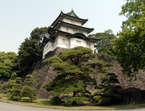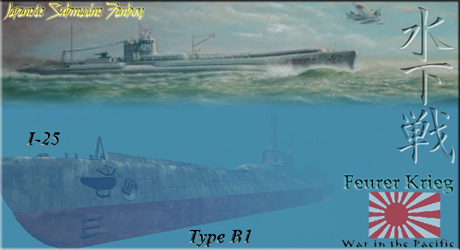popejoy1
Posts: 76
Joined: 8/20/2002
Status: offline

|
Hi!
FWIW, I don't think there's any question that Hiroshima and Nagasaki were devastated by the nuclear attacks, and were pretty much knocked out of the war. The following quotes are from "The Atomic Bombings of Hiroshima and Nagasaki," by the U.S. Army's "Manhattan Engineering District" (aka Manhattan Project), which you can find at the Yale University 'Avalan Project'.
quote:
In Hiroshima
- 135,000 people were casualties (dead and injured) out of an estimated population of 225,000 [about 60% of the population], not counting military personnel or slave laborers. [NB: The Hiroshima police estimated about 130,000 total casualties]
- Over 60,000 of 90,000 buildings were destroyed or severely damaged by the atomic bomb; this figure represents over 67% of the city's structures.
- All utilities and transportation services were disrupted for varying lengths of time. In general however services were restored about as rapidly as they could be used by the depleted population. Through railroad service was in order in Hiroshima on 8 August, and electric power was available in most of the surviving parts on 7 August, the day after the bombing. [NB: "surviving parts" are in the remaining 33% of the city not severely damaged or destroyed]
- The reservoir of the city was not damaged, being nearly 2 miles from X. However, 70,000 breaks in water pipes in buildings and dwellings were caused by the blast and fire effects.
- Almost everything up to about one mile from X was completely destroyed, except for a small number (about 50) of heavily reinforced concrete buildings, most of which were specially designed to withstand earthquake shock, which were not collapsed by the blast; most of these buildings had their interiors completely gutted, and all windows, doors, sashes, and frames ripped out.
In Nagasaki:
- 14,000 or 27% of 52,000 residences were completely destroyed and 5,40O, or 10% were half destroyed. Only 12% remained undamaged. This destruction was limited by the layout of the city.
- The atomic explosion ... affected an over-all area of approximately 42.9 square miles of which about 8.5 square miles were water and only about 9.8 square miles were built up, the remainder being partially settled. Approximately 36% of the built up areas were seriously damaged. The area most severely damaged had an average radius of about 1 mile, and covered about 2.9 square miles of which 2.4 were built up.
I think Mogami's point should be well-taken. In a game on the scale of WITP I think the issue isn't so much the industrial capacity of Hiroshima, but the industrial capacity of the entire hex, of which Hiroshima (or any other city) is just a part. It's an important part, but even a cursory examination of Mogami's map (see earlier post) a fair number of smaller towns and cities (such as Kure) within the hex.
For WITP, hexes with 60 miles from center to center have an area of about 2338 sq. miles (the area of a hexagon is (3/2) * sqrt(3) * length of side of hexagon; the length of the side of a hexagon is half the distance to the center, or 30 miles for WITP. The atomic bomb destroyed or severely damaged buildings in a 43 sq. mile area of Nagasaki, including damage from fires that spread after the explosion. That's a big chunk of Nagasaki, but only a few percent of the entire hex.
WRT what persuaded the Japanese to surrender, there is some evidence this decision was made in response to the Soviet Declaration of War and invasion of Manchuria, and that the detonation of the atomic bomb over Nagasaki merely served to confirm the decision. See for example John Toland, The Rising Sun.
My $0.02.
Pablo
|
 Printable Version
Printable Version

























 )
)  New Messages
New Messages No New Messages
No New Messages Hot Topic w/ New Messages
Hot Topic w/ New Messages Hot Topic w/o New Messages
Hot Topic w/o New Messages Locked w/ New Messages
Locked w/ New Messages Locked w/o New Messages
Locked w/o New Messages Post New Thread
Post New Thread